Matchstick miscellany

White propolis
What is propolis for?
Why, when you go to open a hive that you’ve not visited for some time, is the crownboard invariably stuck down with propolis?
Are the bees trying to stop you looking in? Do they think a thin bead of propolis is defence against a well-aimed hive tool?
Of course not.
What they are doing is sealing up every tiny nook and cranny, every gap and interstice.
You might think the crownboard is a snug fit.
The bees don’t.
Even the brand new, smooth, flat plastic interface between an Abelo crownboard and brood box get glued together within days.
Every fissure through which wasps {{1}} could gain access or heat could escape or water enter or whatever is gummed shut with a liberal helping of propolis.
Propolis is of course also antibacterial and has a host of other great properties, but for the purpose of this post I’m restricting myself to its use as a sort of “No Nonsense Decorators Caulk” of the bee world {{2}}.
Mind the gap
Additional evidence that bees really do ‘mind the gap’ is easy to find if you use crownboards with holes in them.
Not the great gaping opening(s) designed to accommodate a porter bee escape (I’ll return to these shortly), but instead something like the ventilated disks in the grossly over-engineered Abelo poly crownboards.
Here’s a brand new one, just out of the packing, with all the little fiddly ventilated plastic disks and poly plugs to cover them.
And this is what one of those ventilated holes looks like after a few weeks use …
And the same thing applies to wire mesh screens when I use split boards as crownboards (because I’ve run out … even of the 25p polythene ones).
Which end up looking like this …
Matchsticks … don’t try this at home
I’m an increasingly irregular visitor and even less frequent contributor to the online beekeeping discussion forums. On one {{3}} there’s a perennial discussion thread around this time of year concerning matchsticks.
Essentially the discussion starts with a question or comment on the need for matchsticks as spacers to separate the crownboard from the brood box during the winter.
You’ll find this advice in many beekeeping books going back more than half a century and you’ll hear it in many ‘Start beekeeping’ winter courses … often taught by beekeepers who learned their beekeeping half a century ago.
In many cases the online forum discussion is started by a recommendation in the monthly BBKA {{4}} newsletter, or another online forum or Facebook group (again often BBKA-based).
The subsequent ‘discussion’ is generally nothing of the sort. The advice is (in my view rightly) criticised but as much or more effort goes into bashing the BBKA as evidencing why the advice is wrong.
I’m not here to bash the BBKA and I’ve already provided the unequivocal evidence why it’s wrong.

Much better use …
If you provide a narrow space or gap over the top of the colony they will try and seal the gap closed with propolis.
So don’t.
If you want to use matchsticks in the winter … build a model of Notre Dame instead. The bees will appreciate it more.
What are the bees telling you?
The speed with which bees seal up gaps and crevices tells you that that they ‘prefer’ not to have have these types of spaces overhead.
I’m using the word ‘prefer’ here in place of some convoluted justification around evolutionary selection of traits that benefit the long-term survival of the colony and maintenance/transmission of the genes in the environment.
They seal the gaps because to not do so, over eons, is detrimental to Apis mellifera. Not necessarily to that colony per se, but to the species.
Whether they do it to reduce robbing, to stop draughts or rain entering or to prevent the loss of warm air is, in many ways, irrelevant.
Do beekeepers really know better than millions of years of evolution?
No.
The “I always used matchsticks and my bees do well” justification
Is so deeply flawed it barely deserves contradicting.
But since I’m here, I will.
Bees have a fantastic ability to survive and even flourish despite the most cackhanded fumbling by beekeepers {{5}}.
Just because your bees overwintered successfully with a gaping void in the crownboard does not mean they need that gaping void to survive {{6}}.
Observe what the bees do and apply it to your beekeeping.
But what about crownboards with a big hole in for a porter bee escape? The bees don’t block those with propolis.
No, they don’t. But that’s still not justification to leave a void above the cluster. Bees seal gaps smaller than ‘bee space’ (say 8-9 mm) with propolis.
Perhaps they don’t seal up these large holes in the crownboard because the ‘triggers’ that make them seal smaller gaps aren’t present.
As an aside, I wonder if they deploy guard bees to defend these large holes above the cluster? {{7}}
But back to the matchsticks; these create a gap significantly less than 8mm and the bees clearly demonstrate – each and every time you crack open the crownboard – that this is far from optimal.
I’m not going to get into the chimney effect, lost heat, holes in trees, water ingress, draughts etc.
Whether it’s a good idea to ventilate the winter cluster, to get rid of excess humidity or anything else, the evidence is compelling {{8}} … the bees would rather you didn’t.
Winter preparation miscellany
The two propolis-adorned crownboard pictures above were taken during an apiary visit in mid-October. I was opening hives for the final time this year. It was 12-13°C and bees were flying, bringing back pollen I presumed was largely from the ivy flowering nearby.
Most had finished their final half block of fondant. The empty wrapper, eke and QE {{9}} were removed.
Others still had fondant left. In this case I bodily lifted off the QE, fondant and eke/super to give me access to the brood box.
If you feed fondant above a QE you can balance it on an eke or empty super, so avoiding crushing the hundreds of bees clustered underneath the fondant {{10}}
And the reason I needed access to the brood box was to recover the Apivar strips.
- Apivar strip in situ
- Gotcha!
- Used Apivar strips
If the strip is fixed near the top of the frame this takes just seconds and a small amount of dexterity with a suitable hive tool.
The strips also have a small hole top and centre allowing them to be hung between frames on a matchstick.
But I don’t have matchsticks in the apiary 😉 so instead use the spike to fix them in the comb.
Apivar strips should not be left in for longer than the approved treatment period (6 – 10 weeks; these went in on the 28th of August, so are being removed after 7 weeks). This is important to avoid the reduced levels of amitraz in the ageing strips selecting for Apivar-resistant mites.
The few colonies I checked more thoroughly had little or no brood. All boxes were reassuringly heavy.
I saw a single drone amongst the dozen or so colonies I opened. Not long for this world I fear.
Since there was still pollen coming in I delayed fitting mouseguards to the colonies that need them.
I’ll deal with that once the frosts start {{11}}.
Not long now 🙁
{{1}}: Actually, not just wasps. A gap that anything could access the hive and would therefore need defending against.
{{2}}: Other DIY products also have propolis-like characteristics.
{{3}}: That shall remain nameless here, but that will be discussed in a future post.
{{4}}: British Beekeepers Association.
{{5}}: Believe me … if I could possibly get it wrong, I have. Yet the bees continue to do well.
{{6}}: In much the same way as I’ve had colonies rear a perfectly good new queen despite me dropping the frame bearing the only queen cell, not because I dropped the frame.
{{7}}: Interesting … how could this be tested? Has someone already worked this out? How might the bees discriminate between a hole that’s “safe” (because there’s a roof overhead) and one that’s not? Does an entrance need to be breached to be defended?
{{8}}: I refer you back to exhibit A and exhibit B …
{{9}}: Queen excluder.
{{10}}: It’s also a darned sight easier to get access to the brood box if the fondant block is not glued to the frame topbars.
{{11}}: Note added just prior to posting … which started last night.
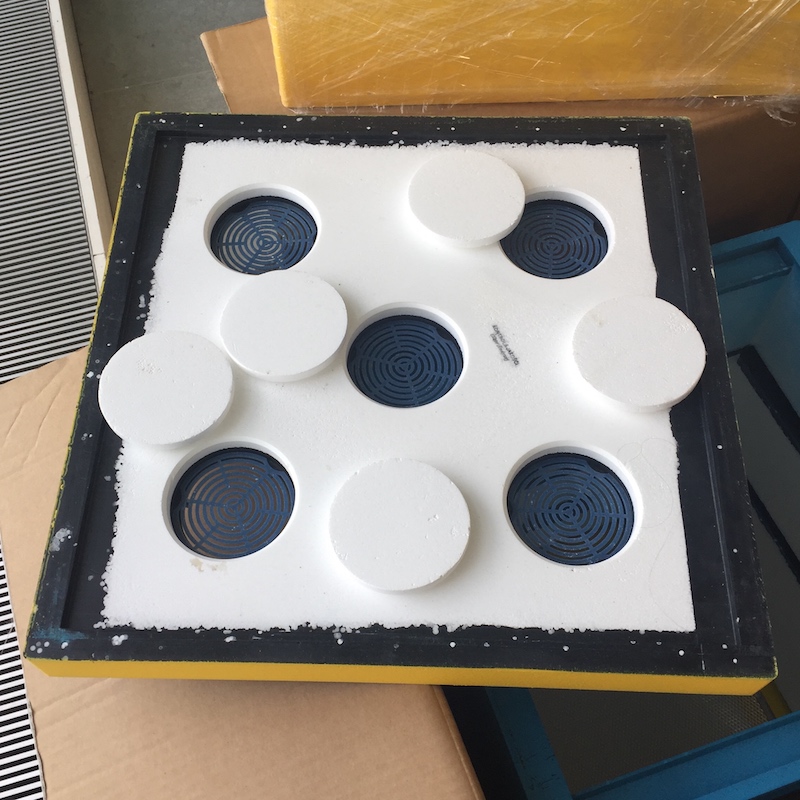
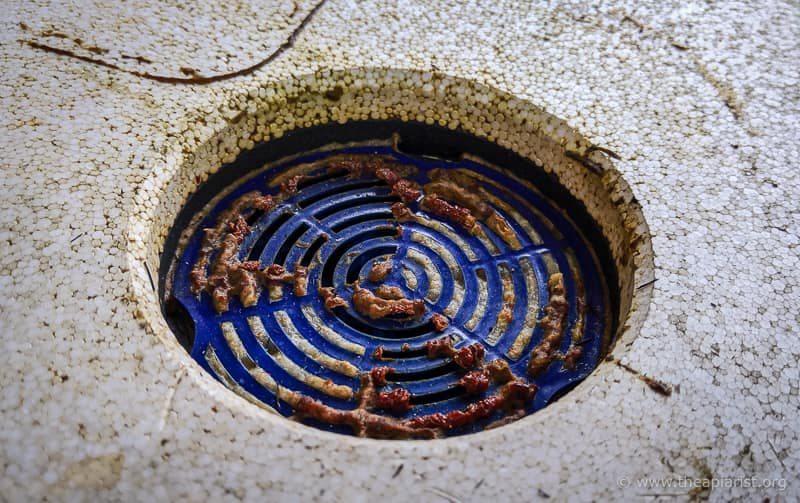
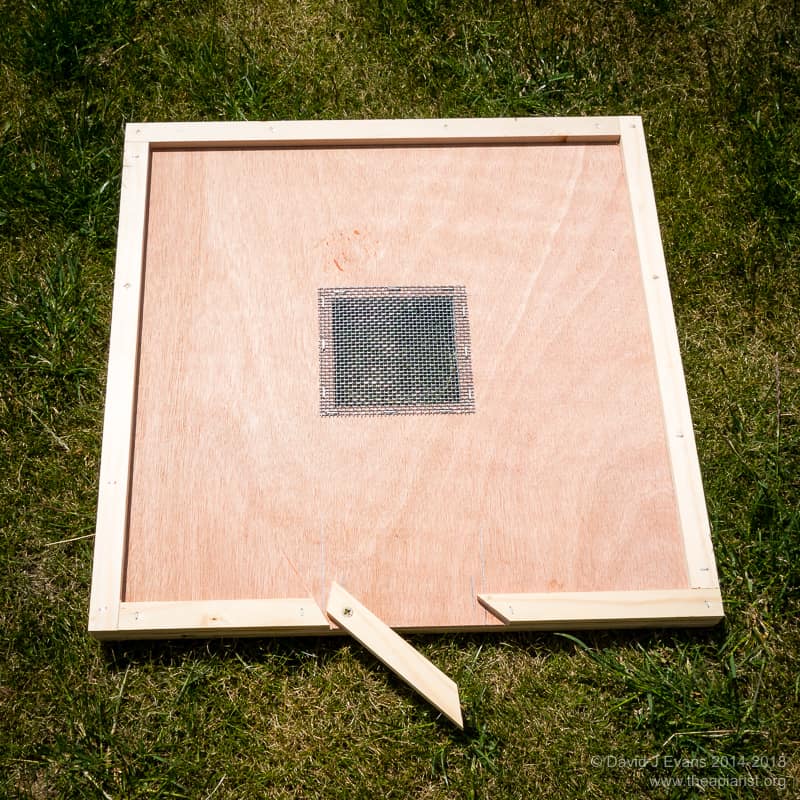
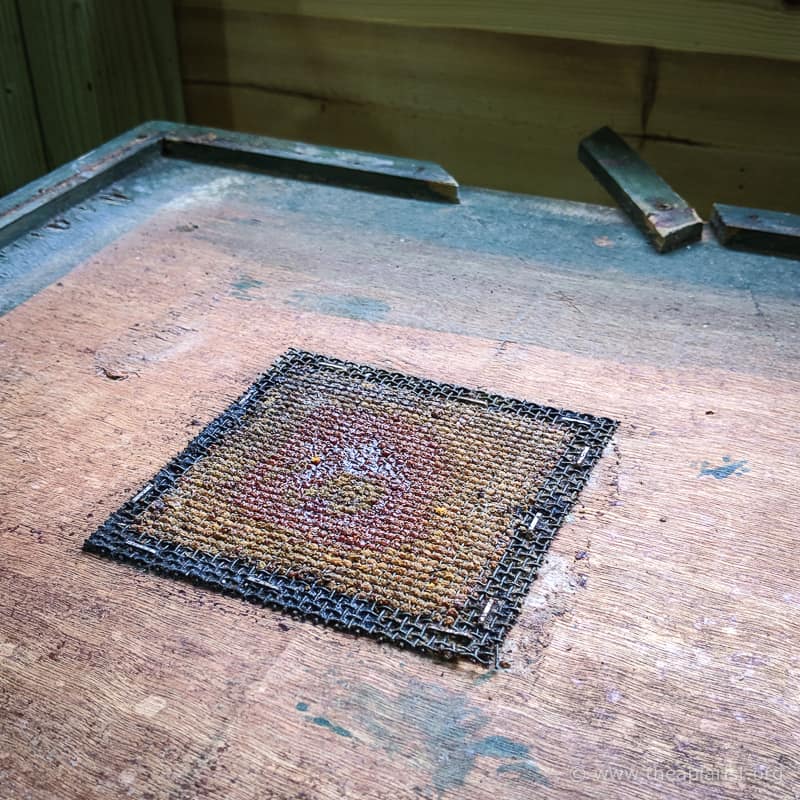
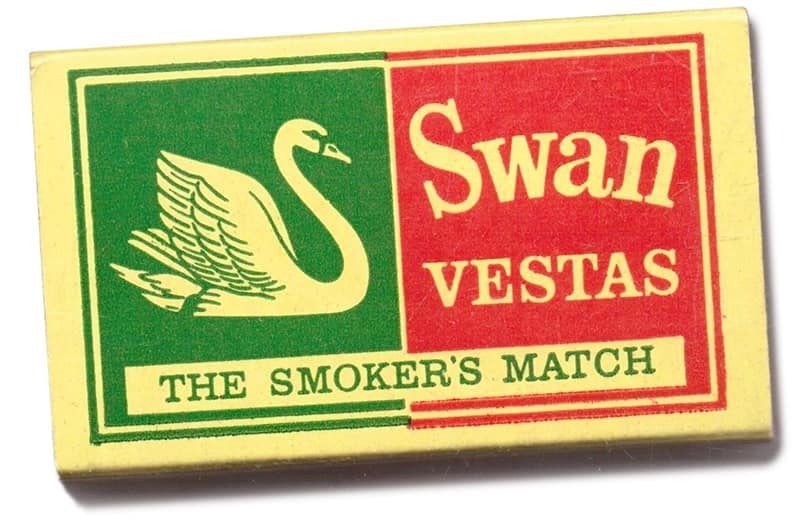
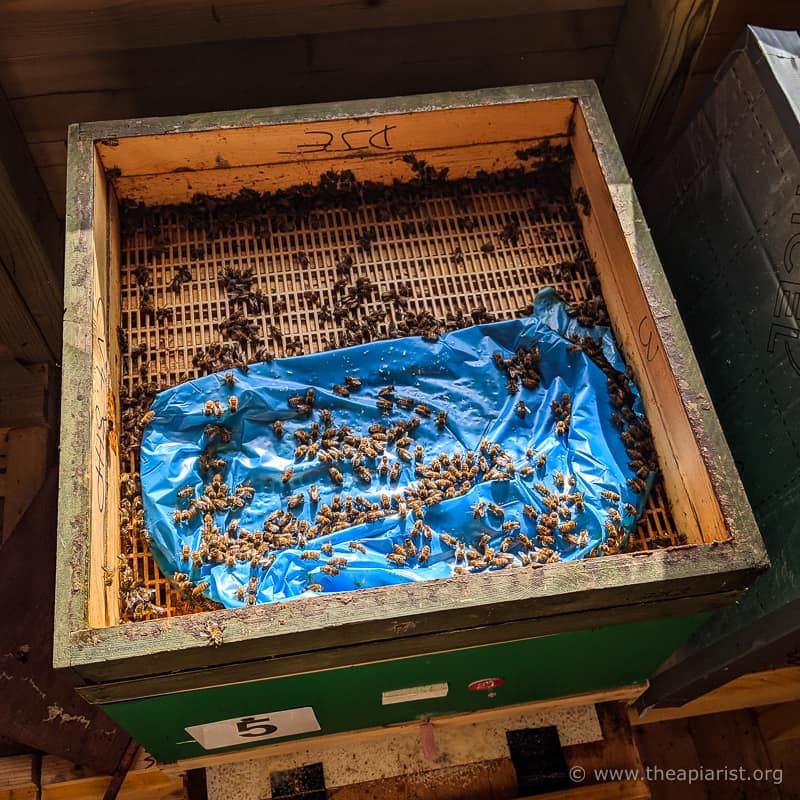
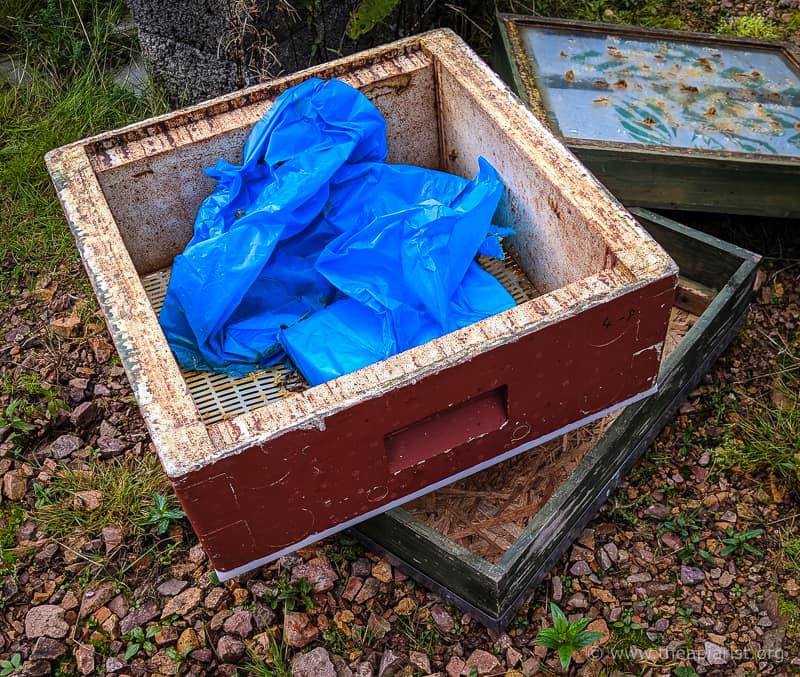
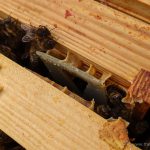
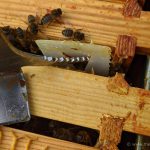
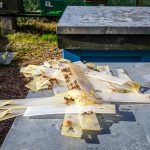
Join the discussion ...